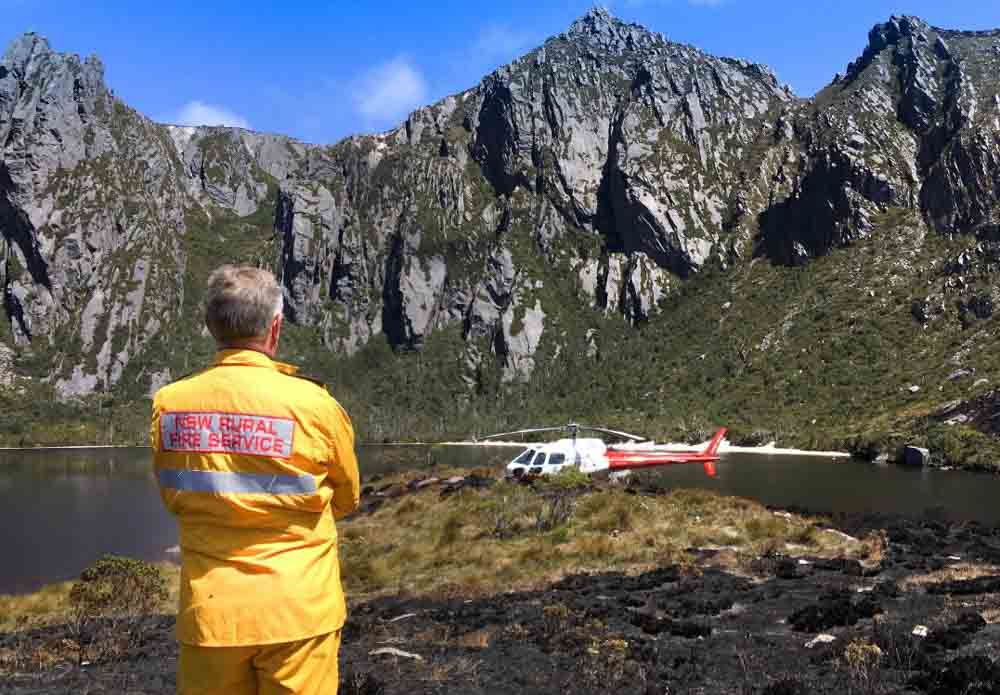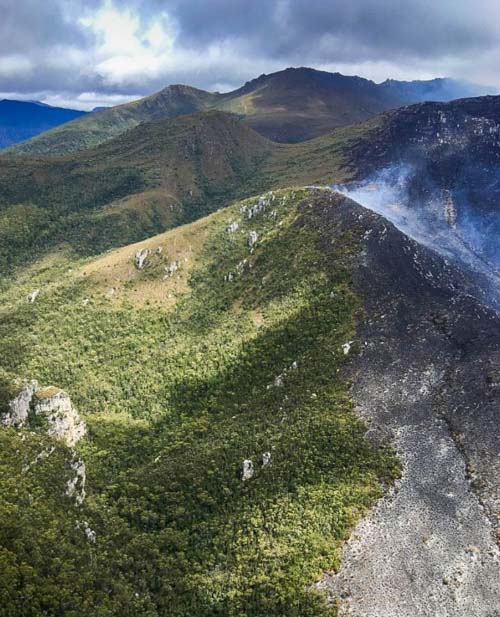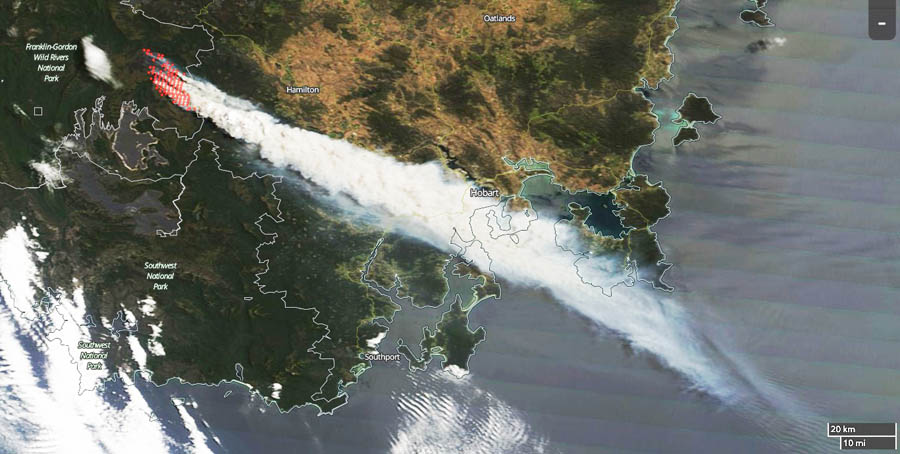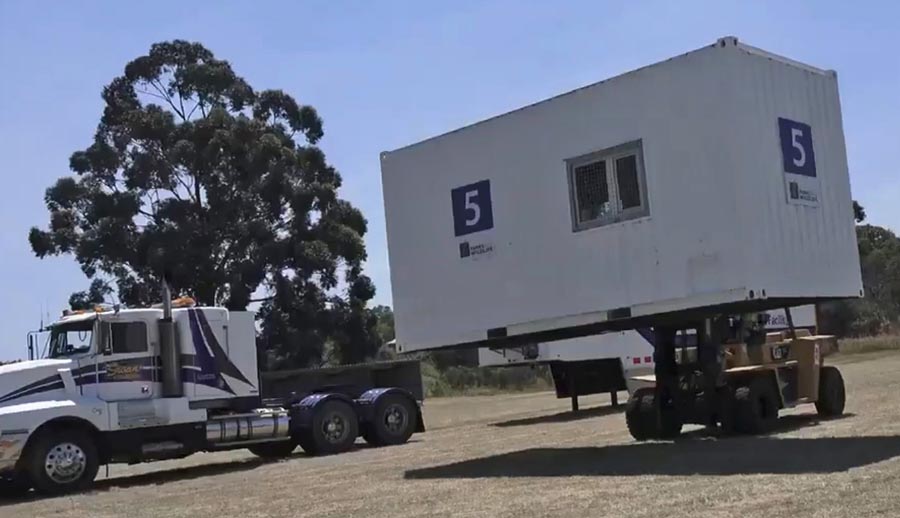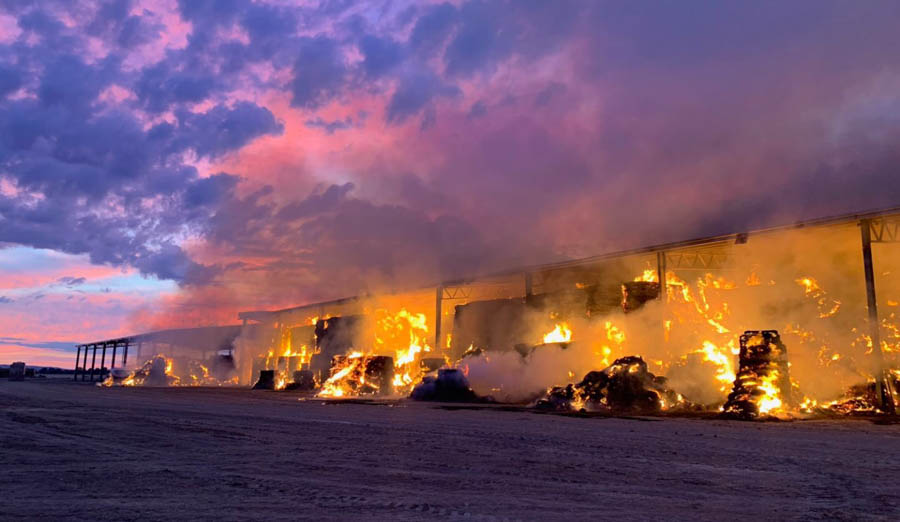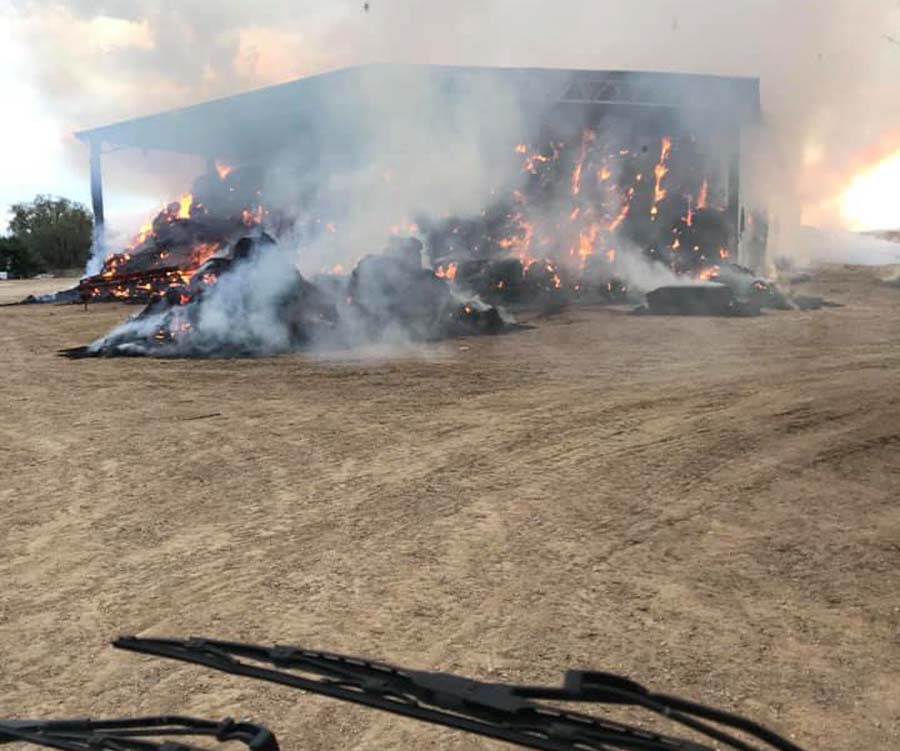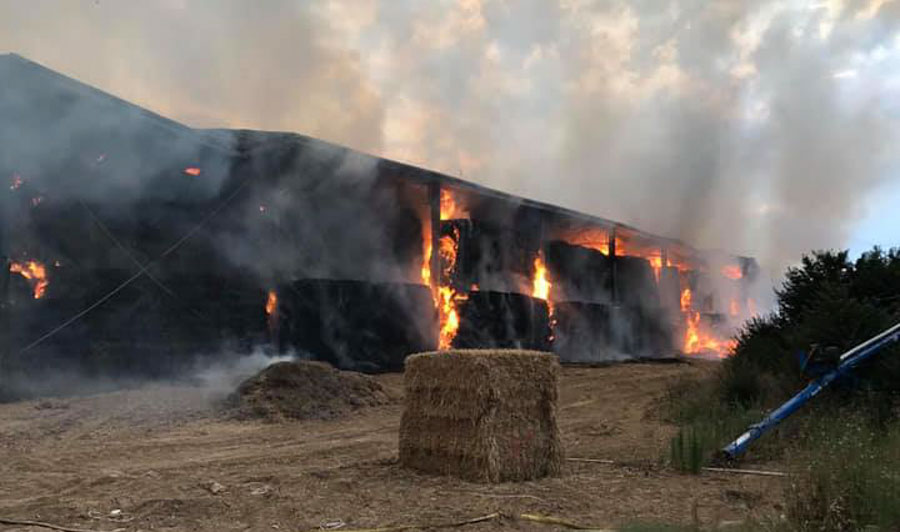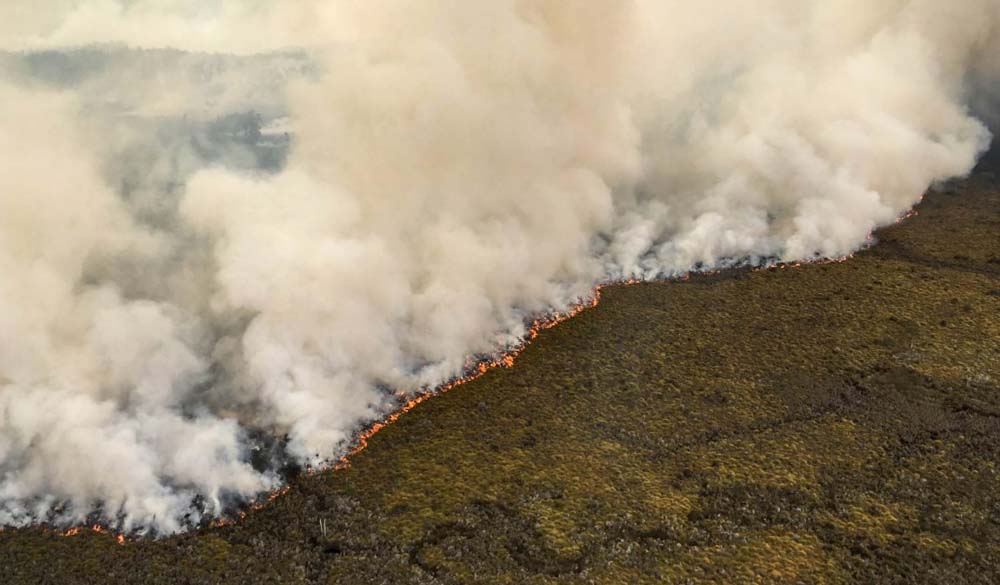
Firefighters in New South Wales have traveled across the Bass Strait to assist their brothers and sisters in Tasmania. The five personnel will be working with the Tasmania Fire Service, specifically on the Gell River Fire in the southwest part of the state. The deployment of five arrived Sunday to assume specialist aviation roles operating out of Hobart and Strathgordon.

The Gell River Fire has burned 50,600 acres (20,500 ha) primarily in Franklin-Gordon Wild Rivers National Park. Portions of the fire are burning in peat, which means the deep-seated blaze will likely persist for months and continue to produce smoke.
Below is an update on the fire from the Tasmania Fire Service:
The fire continues to burn in buttongrass and mixed forest vegetation in the Vale of Rasselas, approximately 10 kilometres northwest of Tim Shea and along the Denison Range and Gordon Range. A sprinkler line around the northern side of Lake Rhona was successful in protecting fire-sensitive vegetation communities. Fire fighters and aerial water-bombing also managed to protect these vegetation communities in other areas. Specialist remote area fire fighters are working in rugged terrain to extinguish the fire. Although the fire is still uncontained, suppression operations conducted by fire fighters and water bombing aircraft have been successful to date, with many active fire edges minimised. An increase in smoke may be visible in the Greater Hobart area, Derwent Valley and Huon Valley on Tuesday evening and Wednesday due to increased fire activity, particularly at the southern end of the fire. Resources currently deployed to the Gell River bushfire include 60 personnel and eight aircraft. Tasmania Fire Service

